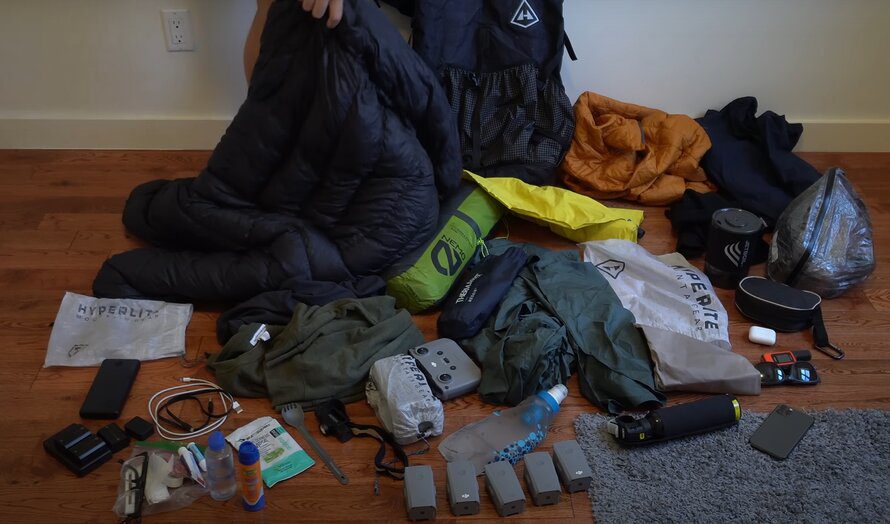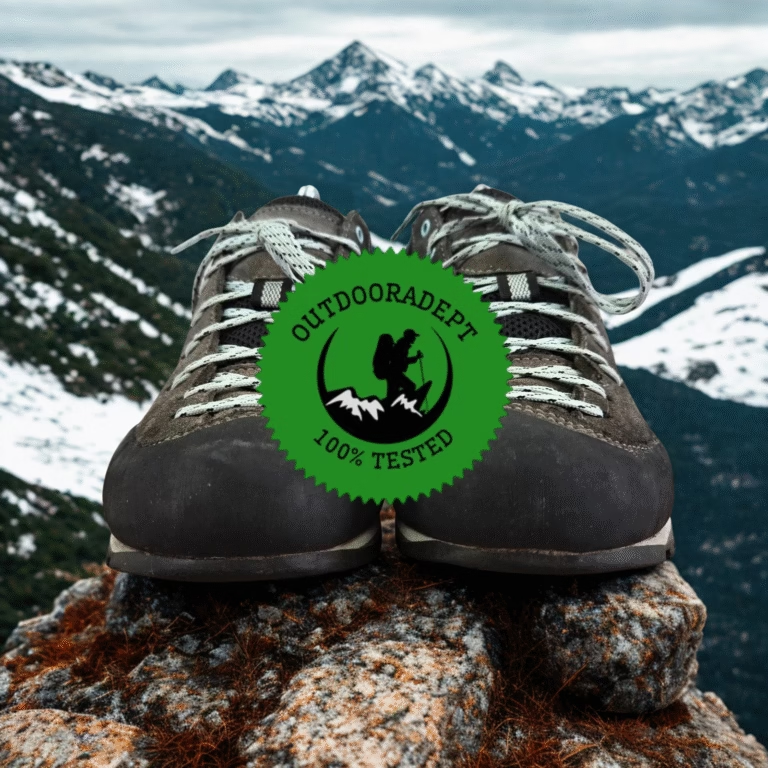Staring at your backpack, not sure what to pack for a day hike? It happens! Forgot sunscreen once and ended up sunburned. Carried a wet jacket around all day? Yep, been there. Packing goofs teaches you what works.
Recent data shows that park managers spend up to $100,000 a year on search and rescue missions for hikers who simply aren’t prepared. [1]
Don’t let that be you. This guide is your key to packing smart and hitting the trail with confidence. We’ll break down the must-haves, from reliable footwear to essential navigation tools. Plus, I’ll share practical tips from countless miles on the path.
With the right gear and knowledge, you’ll be ready for anything, leaving only happy memories (and maybe some conquered peaks) behind. So, let’s pack efficiently and get ready to explore!
What to Include on Your Day Hike Packing List?
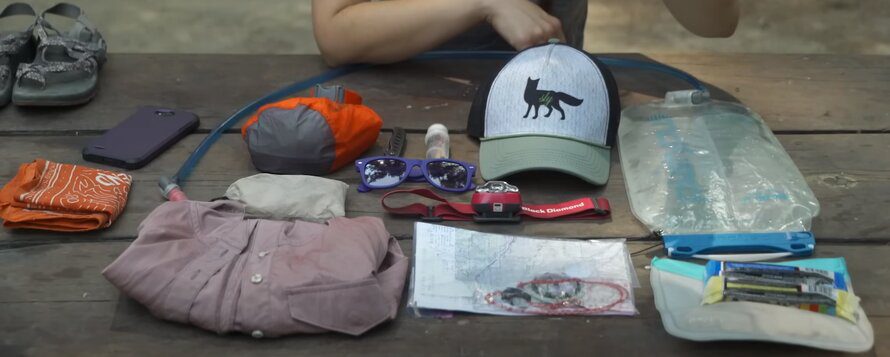
A basic day hike packing list should include a hydration pack, snacks, sturdy shoes, a map & compass/GPS, a first-aid kit, sun protection, and layers. Weatherproof gear and an emergency whistle are crucial, too.
My hiking trip packing list includes all these and more, as I like to be extra prepared:
Footwear
Let’s start from the ground up, literally! Your footwear is your connection to the trail, and the right choice can make or break your hike. Here’s what to consider:
Shoes
For uneven terrain, mid-cut hiking boots are my go-to. They provide that extra stability around ankles, especially if you’re prone to rolling them like I am. But if you’re on well-maintained trails and have strong ankles, low-cut shoes can be lighter and cooler.
However, make sure your shoes have aggressive treads with good traction no matter what. Look for rubber compounds like Vibram, especially if you’ll be tackling wet or muddy conditions. Trust me, slipping and sliding is no fun – I speak from experience!
A pair of Gore-Tex waterproof hiking boots is also a good option for chilly treks with potential rain.
Tip: Consider gaiters if you know you’ll be facing wet or snowy conditions. They’ll keep debris and moisture out of your boots, saving you the annoyance (and potential blisters) of constantly having to empty them.
Socks
Even if they sound like a good idea, leave the cotton socks at home. They absorb moisture and create a breeding ground for blisters. Instead, opt for breathable synthetics like polyester or nylon that wick moisture away from your skin, keeping your feet cool and dry.
Merino wool socks are another great option, offering natural odor resistance and temperature regulation.
Clothing
Now, let’s talk about what to bring on a day hike when it comes to clothes.
Pants/Shorts
I learned long ago that flimsy fabrics don’t last long on the trail. Now, I stick to tough nylon or polyester pants that can handle rocks, branches, and whatever else the wilderness throws at me. Cotton? Forget it – tears easily, dries slowly, and makes for a miserable hike.
Tip: Pack rain pants in your backpack, even if the forecast looks sunny. Mountain weather changes quickly, and you’ll be grateful for that extra layer if you get caught in a downpour.
Shirt/Baselayer
I start with a base layer made from moisture-wicking merino wool or synthetics. These regulate my body temperature perfectly, keeping me cool in warm weather and warm in cool weather. No more feeling clammy or freezing on the trail!
Choose a shirt that fits well and allows for freedom of movement. Restrictive clothing can chafe and hinder your hiking flow, and let’s be honest, who wants that?
Rain/Windbreaker
I never leave home without a jacket that has a waterproof membrane like Gore-Tex. Rain, snow, you name it – this trusty layer keeps me dry and happy.
Remember, the seam sealing and water rating (e.g., 10,000mm) matter, so choose wisely depending on the conditions you expect.
You should also consider that windchill can be brutal, so a windproof shell is essential for keeping you warm even in cold conditions. Look for a jacket with a tight weave or windproof membrane – it’ll make a world of difference.
Jacket
For chilly adventures, I choose a jacket with synthetic insulation like Down or PrimaLoft. They provide warmth without being bulky, which is key for maintaining mobility on the trail.
Just like my rain/windbreaker, my insulated jacket needs to be packable. When the sun warms things up, I stash it away easily without feeling weighed down.
Day Hiking Equipment
Footwear and clothing sorted? Now let’s see what to pack for a day hike in terms of gear.
Daypack
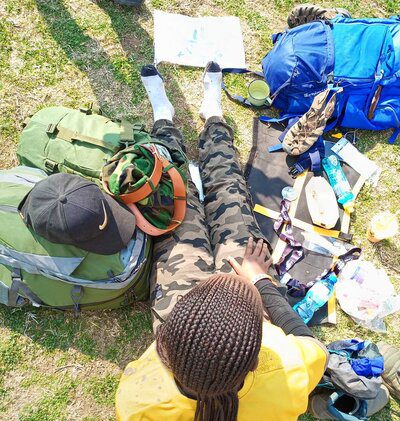
Think of your pack as your mini-home on the trail. Choose one that fits snugly on your torso, with padded shoulder straps and a breathable back panel.
20-25 liters is ideal for most day hikes but adjust based on the length and intensity of your trek.
Look for easy-access pockets for water bottles, snacks, and essentials.
Hydration
Stay hydrated, folks! I personally use a reusable water bottle for easy refills, but a hydration reservoir system offers hands-free convenience.
Aim for 2-3 liters of water, adjusting for temperature and exertion. Remember, even if you don’t feel thirsty, sip regularly. Dehydration is no joke on hikes.
Pro tip: Invest in a water bottle with a bite valve for easy access on the move.
Headlamp
Getting caught in the dark? Not fun. My day hike packing list includes a headlamp with at least 200 lumens – bright enough to navigate comfortably without feeling like I’m stumbling around. Choose a reliable one with long battery life or rechargeable options.
Trekking Poles
Not everyone needs poles, but for me, they’re game-changers on longer distances or uneven terrain. They improve balance, reduce the impact on your joints, and distribute weight more evenly, especially uphill. Look for poles with adjustable lengths for different terrains.
First-Aid Kit
Accidents happen, even on well-maintained trails. That’s why I always carry a basic first-aid kit with antiseptic wipes, bandages, pain relievers, and medications specific to my needs.
Include tweezers, insect repellent, and sunscreen. Also, it’s not a bad idea to learn some basic first-aid skills like wound care and CPR before heading out.
Water Treatment
Sparkling streams might be tempting, but untreated water can harbor harmful bacteria. I use three methods to treat water: filters, purification tablets, and boiling (at least 3 minutes).
My advice is to research reliable methods based on your local water conditions and never rely solely on one method.
Navigation
Technology is great, but batteries die. So, now it’s time to learn how to use a compass and a map. Practice using your chosen navigation tools before your hike, and download offline maps if using a GPS. Knowing how to navigate without technology is an essential skill for any hiker.
Satellite Messenger
Venturing off the beaten path? Consider a satellite messenger for emergency communication. It sounds dramatic, but knowing you can call for help if things go south brings immense peace of mind.
These devices send SOS messages with your GPS coordinates, even in the most isolated locations.
Food
The right food on the trail can make the difference between a great day hike and a mediocre (or even horrible) one. I usually focus on lightweight, high-energy options like nuts, dried fruit, energy bars (choose those with natural ingredients!), and even pre-made sandwiches for longer treks.
Avoid heavy items that weigh you down and zap your energy. On day hikes, portion control is key – overeating can cause discomfort and hinder your performance. Check out our article for more lunch ideas.
Extras and Personal Items
Once you’ve got the day hiking essentials covered, it’s time to personalize your pack with the little things that make your hike more enjoyable and safe.
Sun Protection
Sunburn is no fun, especially miles away from civilization. I never leave home without a wide-brimmed hat and SPF 30+ sunscreen. Studies show that even moderate sun exposure can damage skin, so pack protection and reapply regularly, especially after sweating or swimming. [2]
Pro tip: Opt for a hat with a moisture-wicking band to keep sweat out of your eyes.
Sunglasses
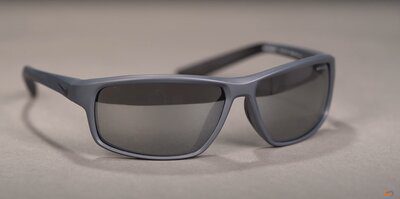
Glare can be a real pain on the trail, making it difficult to navigate and appreciate the scenery.
Sunglasses with UV protection should be on your hiking essentials list to shield your eyes and ensure clear vision.
Polarized lenses are especially helpful for reducing glare from water or snow.
Insect Repellent
Mosquitoes, ticks, and other biting insects can also put a damper on your hike. I pack insect repellent with DEET (20-30% concentration is recommended by the CDC) to keep them at bay. [3]
The (not such a big) secret is to apply evenly to exposed skin and clothing, following the product instructions carefully.
Camera/Phone with Case
One of the best things to bring on a hike is a high-quality camera. Document your adventure while enjoying the scenery and the sounds of nature. However, don’t overuse it. The feeling of being present in the moment is great too.
Personal Hygiene Items and Trash Bags
Prepare your hiking backpack with necessities such as hand sanitizer, toilet paper, and a trowel to ensure responsible bathroom practices during your trek (and always practice Leave No Trace principles!). Also, bring a few small bags to collect your own waste and any you find on the trail.
Emergency Whistle
Even experienced hikers can get lost or injured. I always carry a whistle – a simple yet effective tool for attracting attention in an emergency. Learn the proper way to use it (short, sharp blasts) and practice beforehand for peace of mind.
Multi-Tool
From tightening loose screws on your gear to fixing a minor trail mishap, a multi-tool can be a lifesaver. Choose one with essential functions like pliers, screwdrivers, and bottle openers. I know it’s not a magic wand, but it can handle unexpected small fixes on the trail.
Printable Day Hiking Checklist
Footwear and Clothing
- Shoes
- Socks
- Pants/Shorts
- Shirt/Baselayer
- Rain/Windbreaker
- Jacket
Day Hiking Equipment
- Daypack
- Water Bottle/Reservoir
- Headlamp
- Trekking Poles
- First-Aid Kit
- Water Treatment
- Navigation
- Satellite Messenger
- Food
Extras and Personal Items
- Sun protection
- Sunglasses
- Insect repellent
- Camera/phone
- Personal Hygiene items
- Emergency whistle
- Multi-tool
- Trash bags
References:
- https://www.sciencedirect.com/science/article/abs/pii/S2213078021000244
- https://link.springer.com/article/10.1007/s43630-023-00375-8
- https://www.atsdr.cdc.gov/ToxProfiles/tp185-c1-b.pdf

